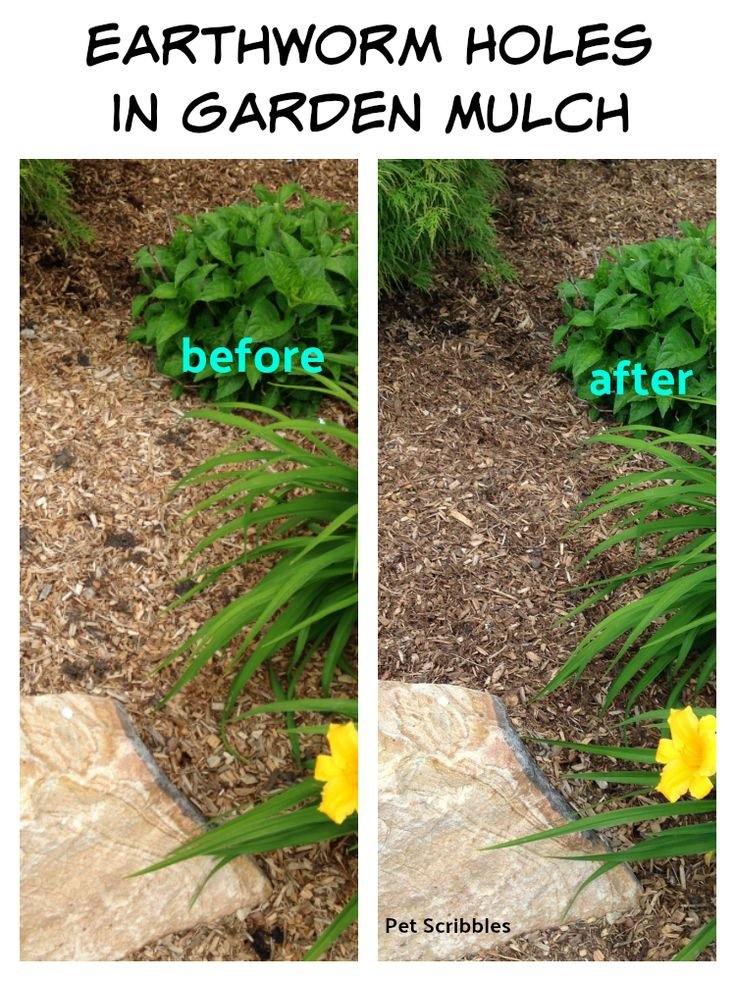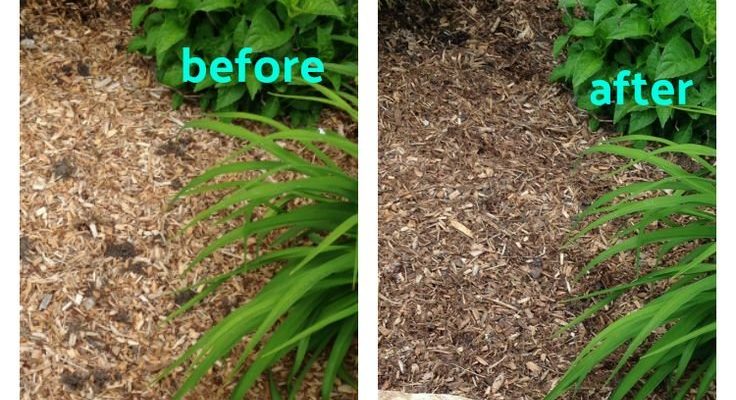
In this article, I’ll guide you through how mulch and ground covers can be your garden’s best friends in keeping inchworms away. We’ll chat about the types of mulch, the benefits of ground covers, and how they work together to create a thriving environment. If you’ve been feeling overwhelmed about how to tackle inchworms, let’s break it down together over a cup of coffee.
Understanding Inchworms and Their Impact
Inchworms are not insects but rather the larvae of certain moths, and they tend to appear in gardens, particularly during spring and summer. These little guys can be sneaky, as they blend in with leaves and branches, making them hard to spot until significant damage is done. You might notice their signature “measuring” movement as they inch along branches, leaving a trail of chewed leaves behind.
The problem with inchworms is that they feast on the foliage of ornamental and edible plants alike. If left unchecked, they can significantly stunt plant growth and even kill young saplings. A small infestation can escalate quickly, turning your vibrant garden into a sad sight. That’s why being proactive with prevention methods is essential.
What Is Mulch, and Why Use It?
Mulch is any material you spread on the soil’s surface to improve your garden’s health and appearance. Common types include wood chips, straw, grass clippings, and even shredded leaves. You might be wondering, “Why bother with mulch?” Well, let me break it down for you.
First off, mulch helps retain soil moisture, which is crucial for healthy plant growth. It also regulates soil temperature, keeping roots cool in the summer and warm in the winter. Plus, it acts as a barrier to **suppress weeds**, reducing competition for nutrients and water. The less dense vegetation means fewer hiding spots for inchworms and other pests.
Another great perk? As organic mulch decomposes, it enriches your soil with valuable nutrients. You’re not just laying down a pretty covering; you’re setting up a healthier environment for your plants.
Types of Mulch to Consider
When it comes to choosing mulch, you have several options. Here’s a quick rundown of some popular choices:
- Wood Chips: These are great for flower beds. They look nice, last long, and break down slowly, enriching the soil.
- Straw: This is light and easy to spread, making it perfect for vegetable gardens. It can help keep the soil moist while suppressing weeds.
- Grass Clippings: They’re free and readily available if you mow your lawn. Just make sure to dry them out first to avoid matting.
- Shredded Leaves: Come fall, consider saving those leaves instead of bagging them up. They’re nutrient-rich and beneficial for your garden.
By combining different types of mulch, you can create an appealing and functional layer that both repels pests and looks attractive.
Ground Covers: Nature’s Armor
Ground covers are low-growing plants that spread across the ground, forming a dense mat. They might be small, but they pack a punch when it comes to protecting your garden. Think of them as the friendly bouncers at a club, turning away unwanted guests like inchworms. You might be wondering, “How do they do that?” Let’s dive into it!
One of the main benefits of ground covers is their ability to outcompete weeds. When you have a thick layer of ground cover plants, it makes it harder for weeds (and inchworms) to find space to grow. They also help regulate soil temperature and moisture, much like mulch, creating a stable environment for your garden plants.
Additionally, certain ground covers can attract beneficial insects that prey on pests like inchworms. This creates a natural balance in your garden ecosystem and reduces the need for chemical interventions.
Choosing the Right Ground Covers
Selecting the right ground cover for your garden depends on factors like climate, sunlight, and soil type. Here are some of my favorite ground covers that can help deter inchworms:
- Creeping Thyme: This fragrant herb thrives in full sun and attracts pollinators while choking out weeds.
- Ajuga (Bugleweed): Excellent for shady areas, ajuga has beautiful foliage and can handle foot traffic.
- Vinca Minor (Periwinkle): This hardy plant produces pretty purple flowers and works well in various conditions.
- Sweet Woodruff: Perfect for shady spots, it has a lovely aroma and forms a lovely green carpet.
When planting ground covers, ensure they’re well-established before you expect them to do their protective work. Patience is key!
How Mulch and Ground Covers Work Together
Now that you know a bit about both mulch and ground covers, it’s essential to understand how they work together. Picture them as a dynamic duo in your garden, complementing each other’s strengths.
When you lay down mulch with ground covers, you’re creating multiple layers of protection. Mulch helps reduce surface pests by acting as a barrier while ground covers prevent soil erosion and attract beneficial insects. It’s like having a well-rounded defense strategy against the inchworm invasion.
Together, they create a healthier environment. With the moisture retention from mulch and the increased biodiversity from ground covers, your plants will be happier and more resilient. You might even find that your garden flourishes like never before.
Maintenance Tips for Success
To keep your mulch and ground covers effective, maintenance is key. Here are some tips to ensure they’re always doing their job:
- Replenish Mulch: Every year, add a new layer of mulch to maintain its effectiveness and keep your garden looking neat.
- Weed Regularly: Check for any weeds peeking through your ground cover. Removing them early prevents them from taking over.
- Water Wisely: Ensure both mulch and ground covers are adequately watered, especially during dry spells, to keep them vibrant and effective.
- Inspect for Pests: Regularly check your plants for any signs of inchworms or other pests. Early detection makes management much easier.
Keeping up with these steps not only promotes healthier plants but also maintains a beautiful garden space you can enjoy.
In the battle against inchworms, **using mulch and ground covers together** is like having a trusty sidekick by your side. They work hand in hand to create a nurturing environment, making it challenging for these sneaky pests to invade your garden. By selecting the right types of mulch and ground covers and maintaining them well, you’re setting your garden up for success.
So, the next time you think about inchworms, remember you have effective strategies that don’t involve harsh chemicals. With a little effort and care, you can enjoy a vibrant, healthy garden free from those tiny green munchers. Happy gardening!

